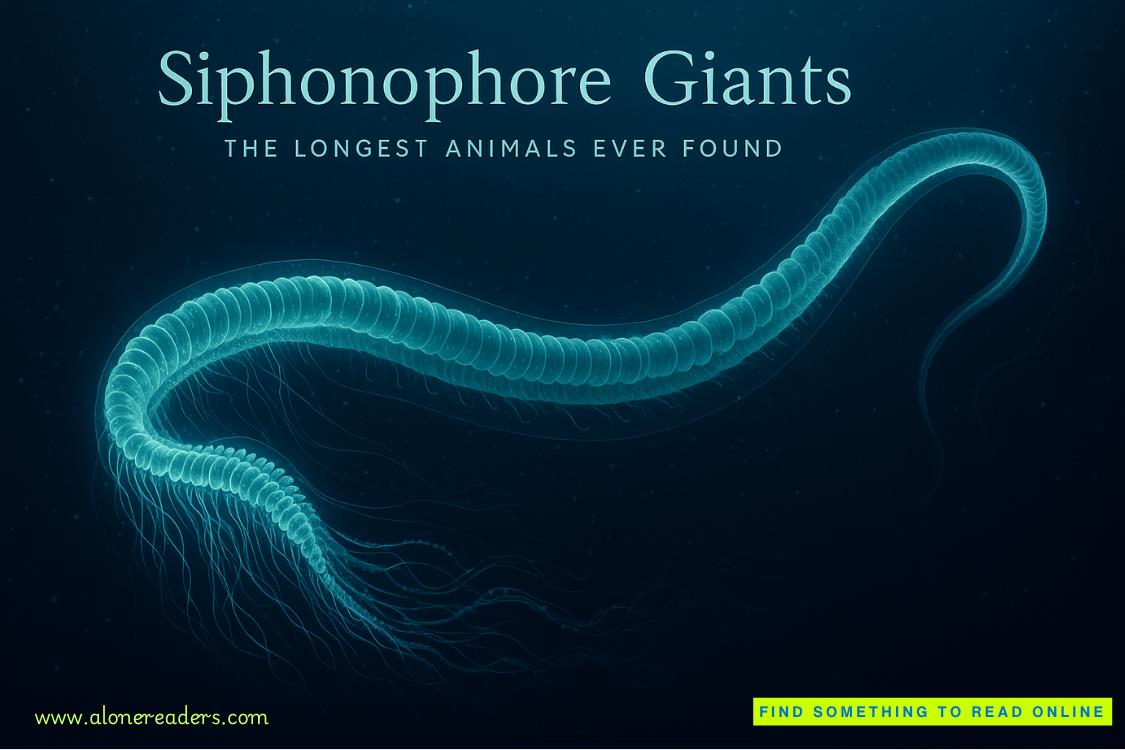Heart pounding, I clutched the statue to my chest and slipped into the night.
12
Heinrich
One of the first things I was taught when I entered the Führer’s intelligence service was that few things ever go according to plan; therefore, it is vital to have a backup plan . . . and a backup to the backup.
“A multi-layered strategy in which one contingency does not depend on the success of another is critical to the success of missions and survival of assets.” Those were the words of instructor Nils Shiller during his first Introduction to Tradecraft lecture. Shiller was one of the few instructors who seemed to actually care about our survival. The others only spoke of mission objectives and furthering the Reich. I liked Shiller’s sense of humor and practical knowledge; but, as I stared down at Sergei’s one-word letter, I grew to appreciate his instruction even more.
I’d spent the better part of a year hunkered down in the cobbler’s shop, pretending to be thirty years older than my actual age and swearing, daily, that I played no part in Hitler’s foolish schemes. Those lies had kept me alive. They had alsobought me precious time to execute on Shiller’s most valuable pearl of wisdom: Create backup plans.
Plan A was straightforward: Live out in the open, albeit in disguise, and hope no one ever pierced the veil of my camouflage. That worked well until my original Plan A, the “blackmail the Russians” lunacy, went awry.
Plan B, which I supposed should now be called Plan C, required me to cross the Soviet sector to a building that overlooked the border between the Soviet-controlled portion of the capital and the German countryside beyond. Like the brick behemoth that housed the cobbler’s shop, Plan B’s building had survived the bombs’ devastation, barely. In fact, most of the buildings in the block surrounding it had also survived. Where the cobbler’s shop stood out as a lone survivor, my eastern option was one among a number still standing.
Unfortunately, buildings that survived attracted attention from our Soviet occupiers. Of the thirty-two apartments in my target building, twenty-seven housed Stalin’s men. The others were likely filled with sympathizers or informants.
Plan B was out.
Plan C—or was it Plan D now?—required a retreat into French-controlled Berlin, a relatively small northwestern chunk of land that bordered the Soviet sector on one side and the British on the other.
This plan had serious flaws.
First, because of the location of the cobbler’s shop in the southeastern corner of the capital, I would have to cross the entire Soviet sector to reach the border. As Shiller would say, “Time exposed is time discovered.”
Discovery was bad.
Second, and certainly not to be discounted, was my distinct lack of skill with the French language. I’d spent most of my time learning about Russians and Slavic languages. The Frenchwere someone else’s concern. I could barely order breakfast in a French café without insulting someone with my heavy tongue.
In order to survive, I needed to blend into the background, fade into the tapestry, become unseen. The French governed a land with many who couldn’t speak their language, but any French soldier with half a brain—and at least one working ear—would know I was hopelessly lost in their sector.
Plan C was weak, at best.
I had no plan D . . . or E, if one counted correctly.
Scheiß!
Hiding in the darkness of an alley three blocks from my shop, I turned the rabbi over in my hands, absently running my fingers across his face while my brain strained to formulate a path forward.
“What do I know for certain?” I muttered, returning my focus with the grounding technique Shiller taught us while wishing the wise man staring up at me might offer some of his wisdom.
One: The Soviets knew who I was.
Two: The Soviets were coming for me; and, based on Sergei’s brief butveryclear missive, their intent was not kind.
Three: They wanted what I held badly enough to send agents to hunt me down.
Someone at a very high level had either been angered or frightened enough by the film inside the statue to mobilize the MGB’s elite. While terrifying, that meant my images were valuable to someone important. At the very least, ensuring those images never saw the light of day held value.
That meant I had leverage.
Hope dared to spark in my mind. I looked down at the statue.
There was no way the Soviets could know exactly what I held—no one knew, not even Sergei—but they now knew I had something harmful to the Soviet state and possibly Stalin himself. Of course, Stalin hadn’t been in Poland when theslaughter occurred. He likely didn’t even know it happened; but, the world’s media was obsessed with the deterioration of US relations with the Soviet Union, and any whiff of embarrassment or perceived barbarism on Stalin’s part would drive the wedge further between the two former allies.
I’d been proud of that little innuendo in my napkin note.
I couldn’t be caught with the statue, or my leverage would vanish. Soviet soldiers would shoot me and take it. Game over.















